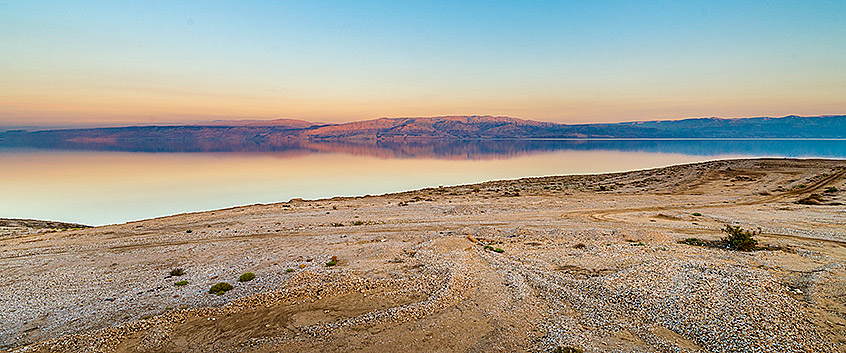
Department of Catchment Hydrology
How can the prediction of flow and water quality of major drainage basins be enhanced? How do surface water, soil water and ground water contribute? Will hydrological extremes, such as floods and droughts, exacerbate in future? Which natural water reserves are left in areas of high water scarcity? How will quantity and quality of water reserves change in future?
It is essential to have sufficient water of good quality, as people living in areas of water scarcity know in particular. The estimation of how big water resources actually are, what quality water has, and how it can be made sustainably available for humans, are major research challenges of today and of the future.
In regions of high water scarcity, such as the Middle East, demand and availability of usable water have been growing apart due to climate change and population growth. But information and observation data facilitating estimations are often insufficiently available.
However, reliable estimates are also required in Europe. We need to know how water flow in catchment areas will vary in future, since climate and human impact have been contributing to changes significantly.
In addition, more frequent and extreme hydrological events, such as droughts and floods, may increase the impact of negative effects on water resources.
But how can reliable predictions for extreme hydrological events be generated if there is only little data available? For this reason we conduct research in order to develop integrative monitoring and modelling concepts.
Monitoring includes a combination of different information sources, such as remote sensing, observation of surface and ground water, chemical analysis and the integration of natural indicators. It allows a regional analysis of hydrological and biochemical processes as comprehensively as possible. A lot of emphasis is put on isotope experiments to analyze different processes of flow, transport, exchange, and matter transformation in drainage basins. Therefore, this detailed monitoring data can be used within hydrological models.
We use models which adapt to the particular structure and complexity of each scientific issue, and thus, analyze extreme hydrological events and changes within regional water cycles.
Our team works for a better analysis and prediction of changes in water balance and its components and tries to create a basis for sustainable water resource management, and therefore contributes to water security in the 21st century.
